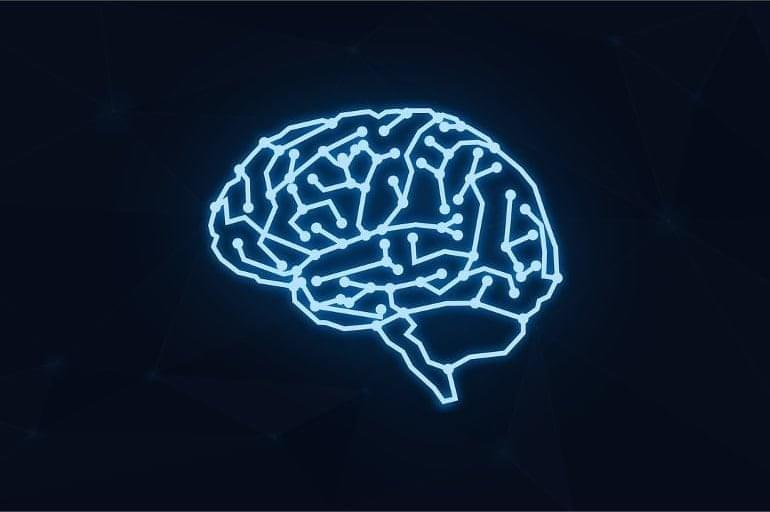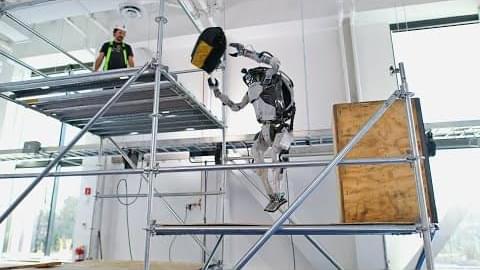Jan 19, 2023
Quantum Computing with Neutral Atoms
Posted by Paul Battista in categories: computing, information science, particle physics, quantum physics
Why the recent surge in jaw-dropping announcements? Why are neutral atoms seeming to leapfrog other qubit modalities? Keep reading to find out.
The table below highlights the companies working to make Quantum Computers using neutral atoms as qubits:
And as an added feature I am writing this post to be “entangled” with the posts of Brian Siegelwax, a respected colleague and quantum algorithm designer. My focus will be on the hardware and corporate details about the companies involved, while Brian’s focus will be on actual implementation of the platforms and what it is like to program on their devices. Unfortunately, most of the systems created by the companies noted in this post are not yet available (other than QuEra’s), so I will update this post along with the applicable hot links to Brian’s companion articles, as they become available.

















